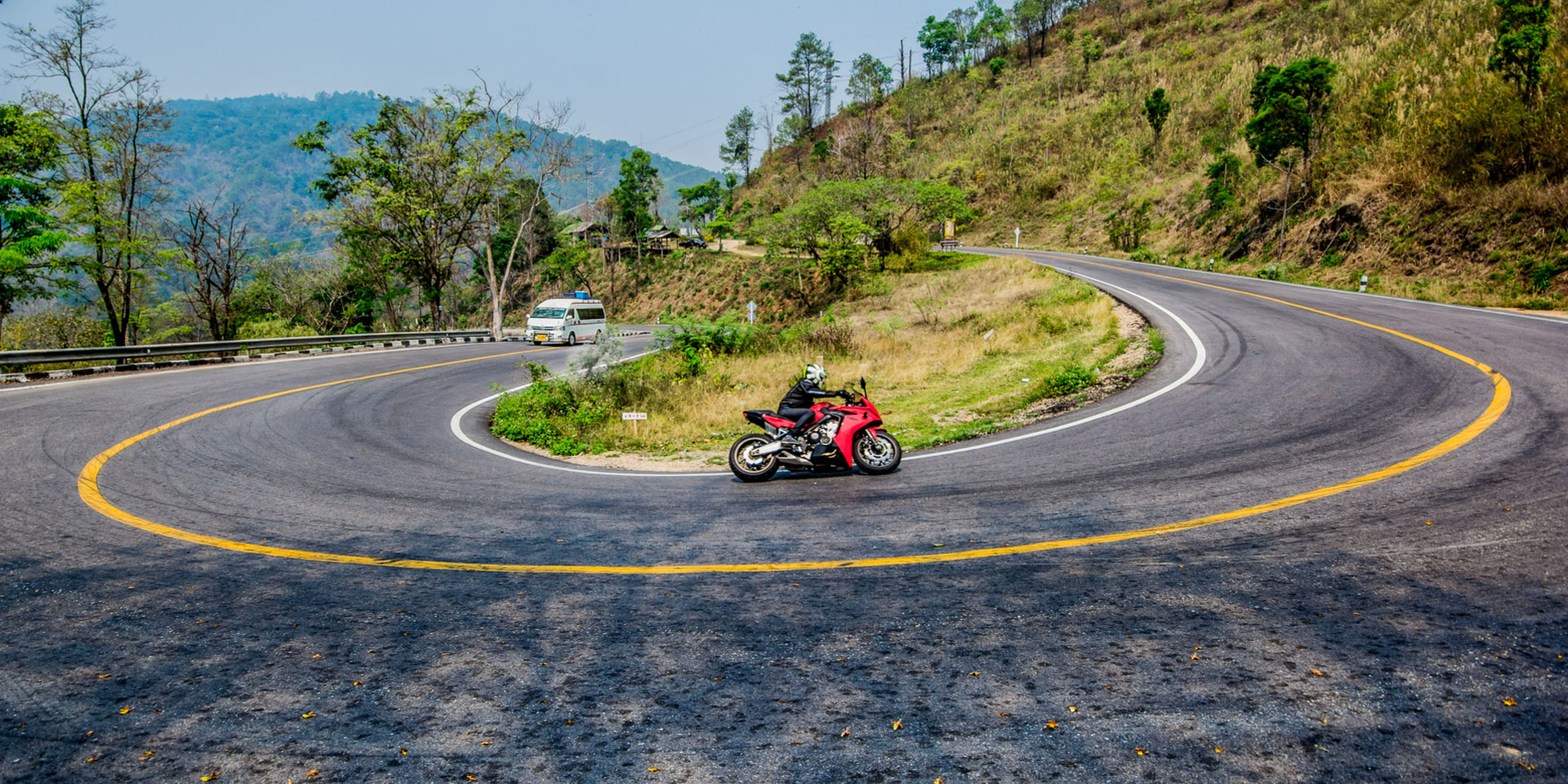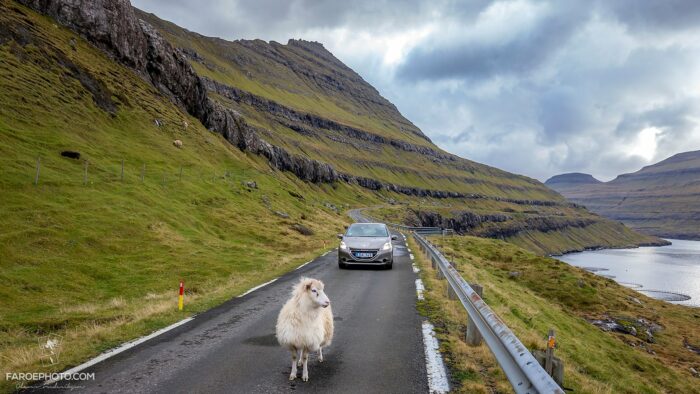The Manaslu Circuit Trek is not only renowned for its breathtaking landscapes but also for the rich tapestry of history and legends that surround the region. As trekkers traverse the Manaslu Trek, they are walking through an area steeped in cultural heritage and ancient stories. This article delves into the fascinating history and legends of the Manaslu region, offering a deeper understanding of the mystical allure that draws adventurers from around the world.
The History of the Manaslu Region
Ancient Settlements
The Manaslu region has been inhabited for centuries, with evidence of ancient settlements and trade routes that connected Tibet with the Middle Hills of Nepal. The area served as a critical passage for traders and pilgrims, contributing to its rich cultural tapestry.
The Influence of Tibetan Buddhism
Tibetan Buddhism has had a profound impact on the cultural and religious landscape of the Manaslu region. The construction of numerous monasteries, chortens (stupas), and prayer walls along the Manaslu Circuit Trek is a testament to the region’s spiritual significance. Key monasteries such as Mu Gompa and Rachen Gompa are important pilgrimage sites for Buddhists and trekkers alike.
Modern Development and Conservation
In recent years, the Manaslu region has seen increased attention from trekkers and conservationists. The establishment of the Manaslu Conservation Area Project (MCAP) in 1998 aimed to protect the unique biodiversity and cultural heritage of the area. This initiative has helped balance tourism growth with sustainable development, ensuring that the Manaslu Trek remains a pristine experience for future generations.
Legends of the Manaslu Region
The Name “Manaslu”
The name “Manaslu” is derived from the Sanskrit word “Manasa,” which means “soul” or “spirit.” This reflects the spiritual significance of the mountain and the reverence it commands among locals and pilgrims. According to local legends, the mountain is believed to be the home of deities who watch over the region and its inhabitants.
The Tale of Milarepa
One of the most famous legends associated with the Manaslu region is the tale of Milarepa, a revered Tibetan Buddhist saint. According to the legend, Milarepa meditated in a cave near what is now known as Milarepa’s Cave, located along the Manaslu Circuit Trek. It is said that his spiritual practices and teachings have left an indelible mark on the region, attracting pilgrims who seek enlightenment and blessings.
The Legend of the Yeti
The Manaslu region, like many other parts of the Himalayas, is steeped in legends of the Yeti, the mythical snowman. Local folklore is rich with stories of mysterious sightings and encounters with this elusive creature. While scientific evidence remains elusive, the legend of the Yeti adds an element of mystery and intrigue to the Manaslu Trek.
Cultural Heritage Along the Manaslu Circuit Trek
Traditional Villages
The villages along the Manaslu Circuit Trek offer a glimpse into traditional Himalayan life. Settlements like Samagaon, Lho, and Sho showcase traditional Tibetan architecture and customs. Trekkers can experience the warm hospitality of the local people and participate in cultural exchanges that enrich their journey.
Festivals and Rituals
The Manaslu region is home to various festivals and rituals that reflect its rich cultural heritage. Festivals such as Losar (Tibetan New Year) and Mani Rimdu (a Buddhist festival) are celebrated with great fervor. These events offer trekkers a unique opportunity to witness traditional dances, music, and religious ceremonies.
Conclusion
The Manaslu Circuit Trek is more than just a physical journey through stunning landscapes; it is also a voyage into the heart of a region rich in history and legends. From ancient settlements and Tibetan Buddhist influences to captivating legends of saints and mythical creatures, the Manaslu region offers a profound cultural experience. As you embark on the Manaslu Trek, take the time to immerse yourself in the stories and traditions that make this trek a truly unique adventure.



